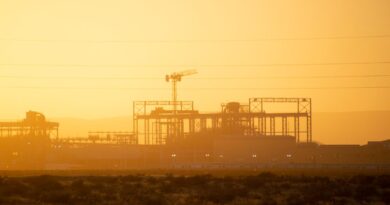Recent trends impacting demand for refractory alumina
A combination of increasing material and sustainability demands is driving remarkable changes in the steelmaking industry.
Almatis has been taking an active part in public sponsored projects jointly with other industry members to develop refractory solutions for sustainable steel production.
By utilising refractory solutions for Direct Reduced Iron (DRI) based steel production, carbon emissions can be reduced dramatically even today as an alternative to blast furnace route.
“Use of high alumina raw materials instead of magnesium oxide-based raw materials in new processes has great potential to reduce the CO2 footprint of refractory producers and the end users such as the glass and steel industry.” Courtesy Almatis.
The continued development of hydrogen as a clean process will lead to an increase for alumina need even more than today.
We are also observing a shift from basic refractories to acidic refractories. Use of high alumina raw materials instead of magnesium oxide-based raw materials in these new processes has a great potential to reduce the CO2 footprint of refractory producers and the end users such as the glass and steel industry.
A gradual shift from bricks to monolithics in refractory linings also offers potential to reduce CO2 footprint.
All of these changes can be supported by Almatis’ proven expertise in subject matter and its extensive product portfolio geared towards the refractory applications, while also addressing the needs of our industry partners product innovations.




